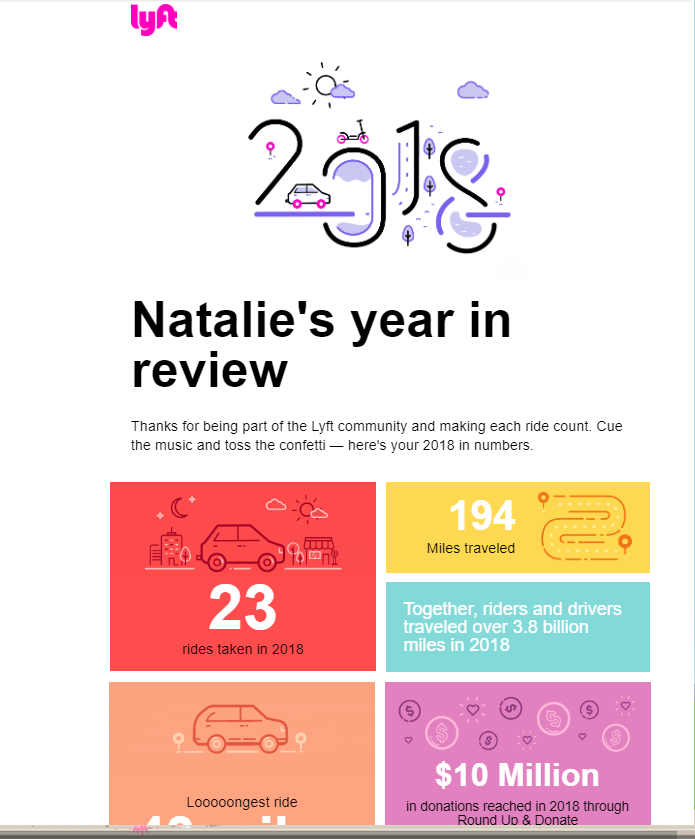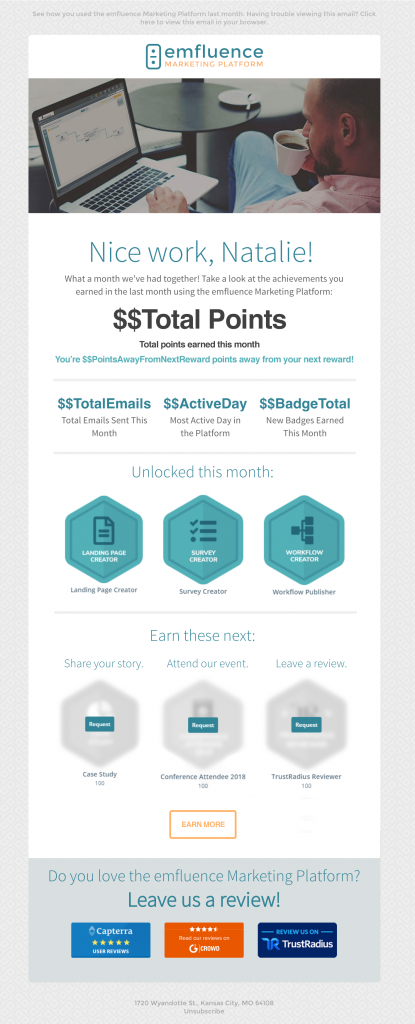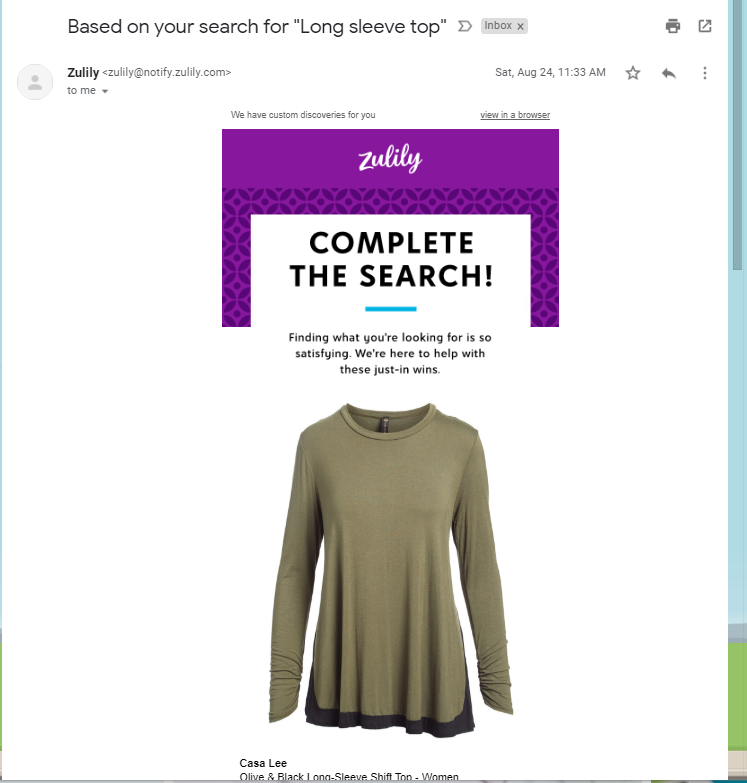You’ve heard the stats: email marketing can drive as much as $40 for every $1 spent. Email is consistently one of the top performing digital marketing channels, and yet most of what we talk about when we talk about email performance is still tied to open and clickthrough rates.
That’s not to say opens and clickthroughs aren’t important—they are great for email marketers to use for benchmarking campaign type responses, engagement, and general success—but for email to be a truly impactful channel, marketers need to push beyond surface metrics and into measurements that focus instead on organizational goals and sales goals.
What and how you measure email ROI is tied directly to what your company offers and what goals you’re using email to meet. At a high level, however, here are the basic categories of measurement you can apply to measuring your email ROI.
Actual Sales Driven from Email
If you can tie actual sales to the emails you’re sending, then congratulations! Your ability to prove the success of your email campaigns just got easier. Generally, if your email is driving recipients to a purchase option, like an ecommerce product or a specific service/product that can be directly attributed to the email in question, then you can create a formula like this to calculate your email ROI:
Revenue Directly Related to the Email – Total Spend / Total Spend = ROI%
Wait, but it didn’t cost you anything to send that email! Actually, it did—in this case, factor the cost of your marketing automation platform and the hourly cost of the person sending the email (that might be your agency or it might be a portion of your internal person’s salary). This is a little trickier to pull off at a campaign level, but the math can be easily applied to determine your email ROI across all sales-driven campaigns.

Retention Rate Improvement from Email
If you’re sending emails that are relationship-oriented, like milestone emails or a new client onboarding series, measuring ROI gets a little trickier—especially since a good number of relationship emails run without clickthrough buttons or clear calls to action. Since there are no direct sales to attribute to the email, a calculation like the one above isn’t as relevant. In this case, what you can do is layer in analytics to see if there is a correlation in improved customer satisfaction, survey results, or overall retention rates during the time you’re running these campaigns. Is there an improvement? Good! You’re seeing an ROI on your email.

Improved Consumption from Email
Depending on the kind of product/service you offer, you may be interested in driving consumption. This is particularly true with SaaS companies, subscription-based companies, and ecommerce shops. Ultimately you want people to be in your tool and actively using what you’ve built (or continuously coming back to buy more). Email can be used to drive consumption—so whether that’s positive engagement (more consumption) or negative engagement (no consumption), your emails can be measured on the success of driving consumption/use. In this case, you might choose to leverage an email ROI calculator that looks more like this:
Revenue Per Subscriber – Total Revenue / Number of Subscribers Mailed to
Keep in mind with consumption-based emails, you should always have a backup plan for zero—meaning you’ll want campaigns for encouraging additional consumption, rewarding high consumption, and encouraging non-users to get in and consume again. Each of those campaign types will have a different return associated—with re-engaging non-users, for example, your measurement is the number of people you were able to re-engage.

Increasing Traffic with Email
Measuring traffic driven from email is a great way to find additional value (and calculate an ROI) on your email newsletters. In this case, you’re probably distributing content that lives on your website. What percentage of website visits to your key content pieces can be tracked back to email? Do you see an uptick in website traffic? Measure that lift and you have a way to track the value of your newsletter send.
This works well for lead nurtures as well—while you may be measuring number of responses as your primary metric, you can measure soft responses (clicks to your content) as a secondary metric.
Responses with Email
This one’s for the B2B marketers out there. When you’re creating lead nurtures, you’re looking to measure appointments set. Thus, you might want to tie your calls to action to a landing page or leverage your CRM system to track direct responses to your nurture emails. This can help you understand how many people have responded to the campaign without having to beg the sales team for response rates on a routine basis.
Building Awareness with Email
Awareness building with email can be tricky, because as always, you want to be sure that the people you’re sending email to have opted in and have a pre-existing relationship with you. However, awareness as a metric does offer a way to measure informational campaigns, like a welcome series, where you are ultimately hoping to educate a new client about features, services, usage, and more. In this case, you would want to layer on analytics to look for trends related to what you’re driving awareness to—is it new features? A new product? A new line? You may be measuring site visits or inquiries, in this case.

Email ROI may not be the easiest metric to track, but it’s worth the effort to determine your true measure of success for each type of campaign you’re running. Take some time to ask yourself what does success look like, and you can walk your way beyond measuring clicks and opens in no time.

